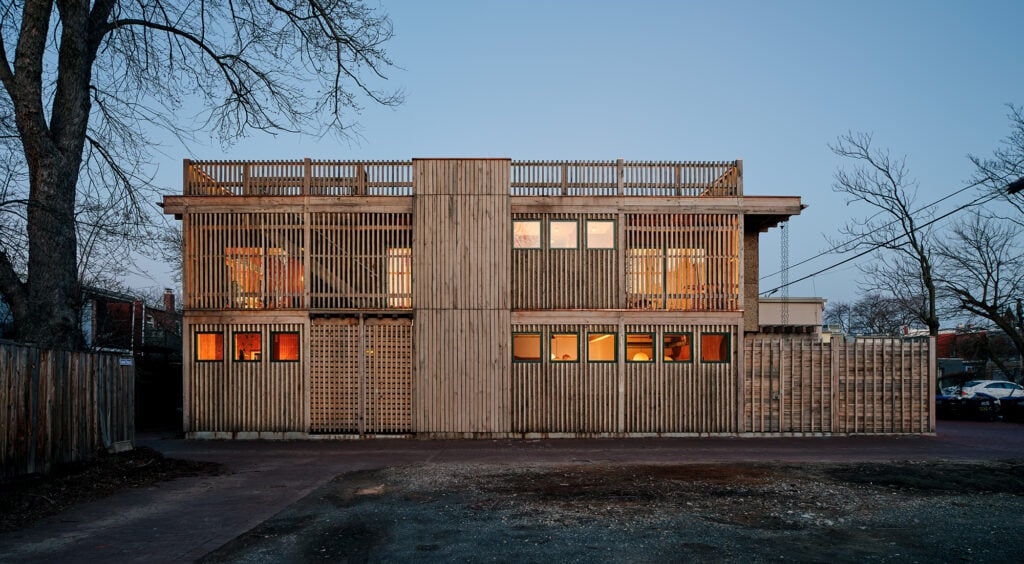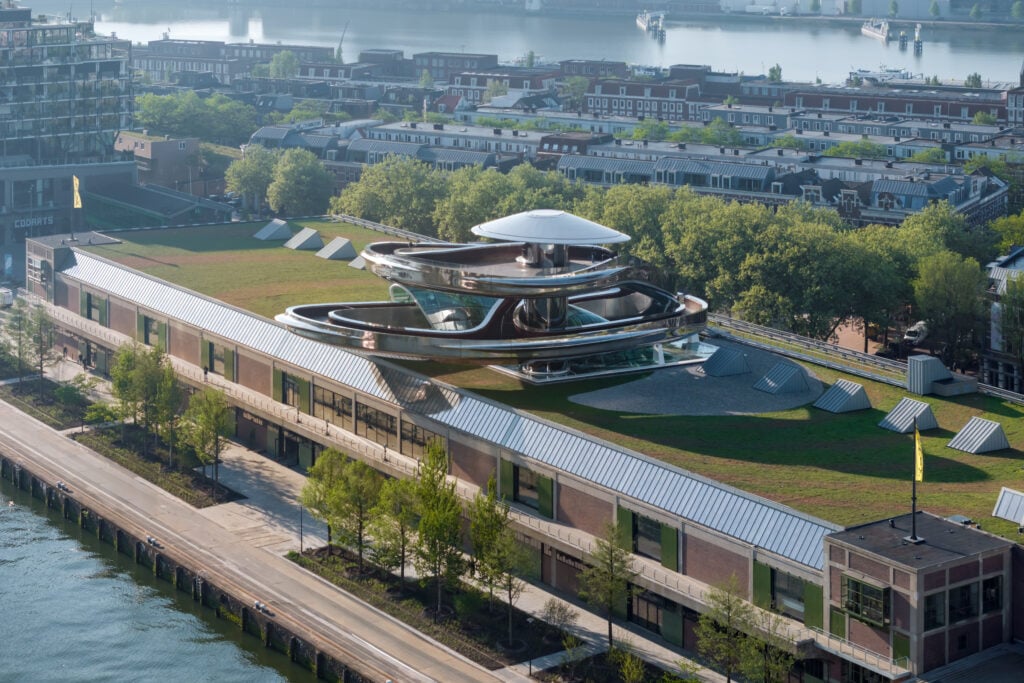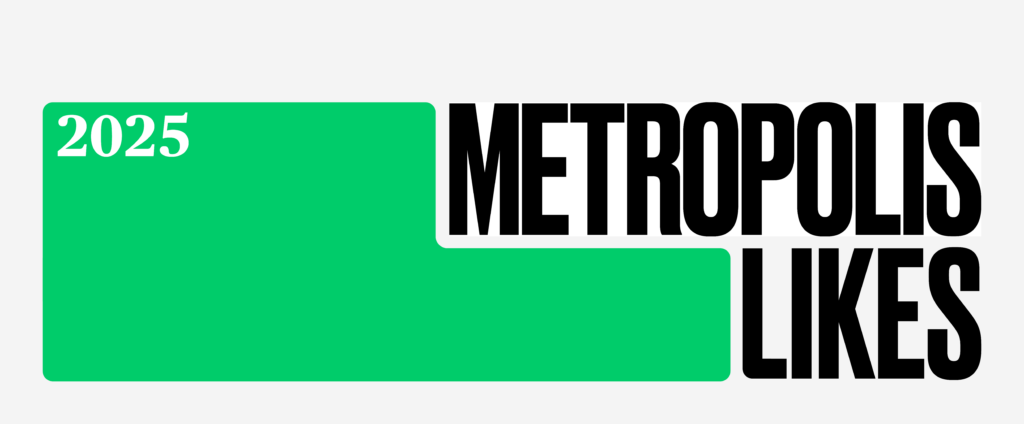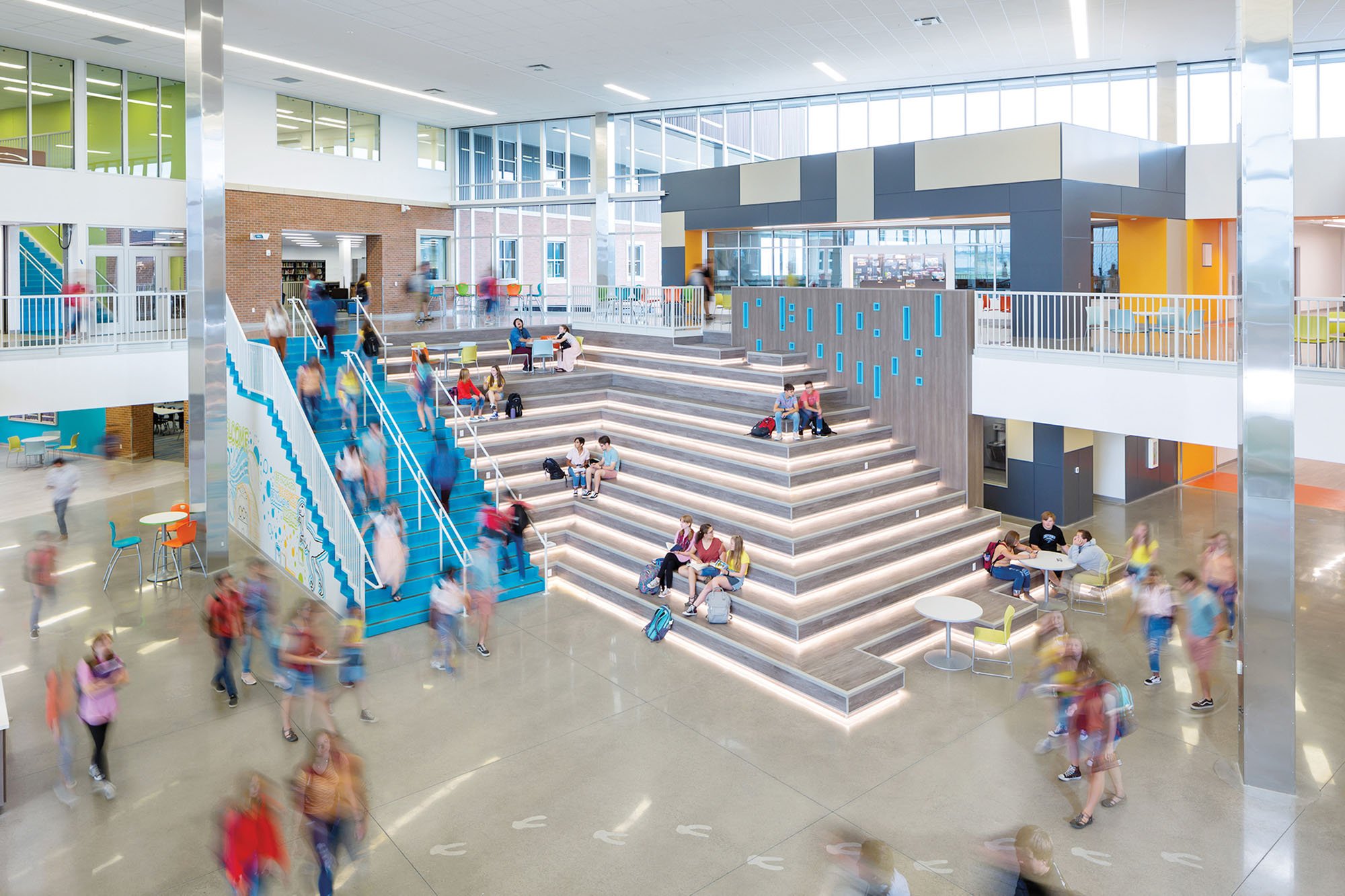
March 2, 2023
Cushing Terrell Leverages Research to Push Design Boundaries
IN PARTNERSHIP WITH CUSHING TERRELL CUSHINGTERRELL.COM
What makes an architecture and design practice unique? How do firms and offices develop areas of expertise, deep insights, and passion projects? For the Leading Edge series, Metropolis editor in chief Avinash Rajagopal sat down with 20 firms in 2022, speaking to practitioners about what distinguishes their work. Watch the full series on DesignTV by SANDOW.
Can design be a way of understanding people and spaces better? Multidisciplinary building design firm Cushing Terrell uses continuous research to create offices, schools, hospitals, and homes that exemplify what is possible through design. As part of the Leading Edge series, Sandi Rudy, Cushing Terrell’s associate and director of interior design, explains how her firm uses research to guide human-centric design.
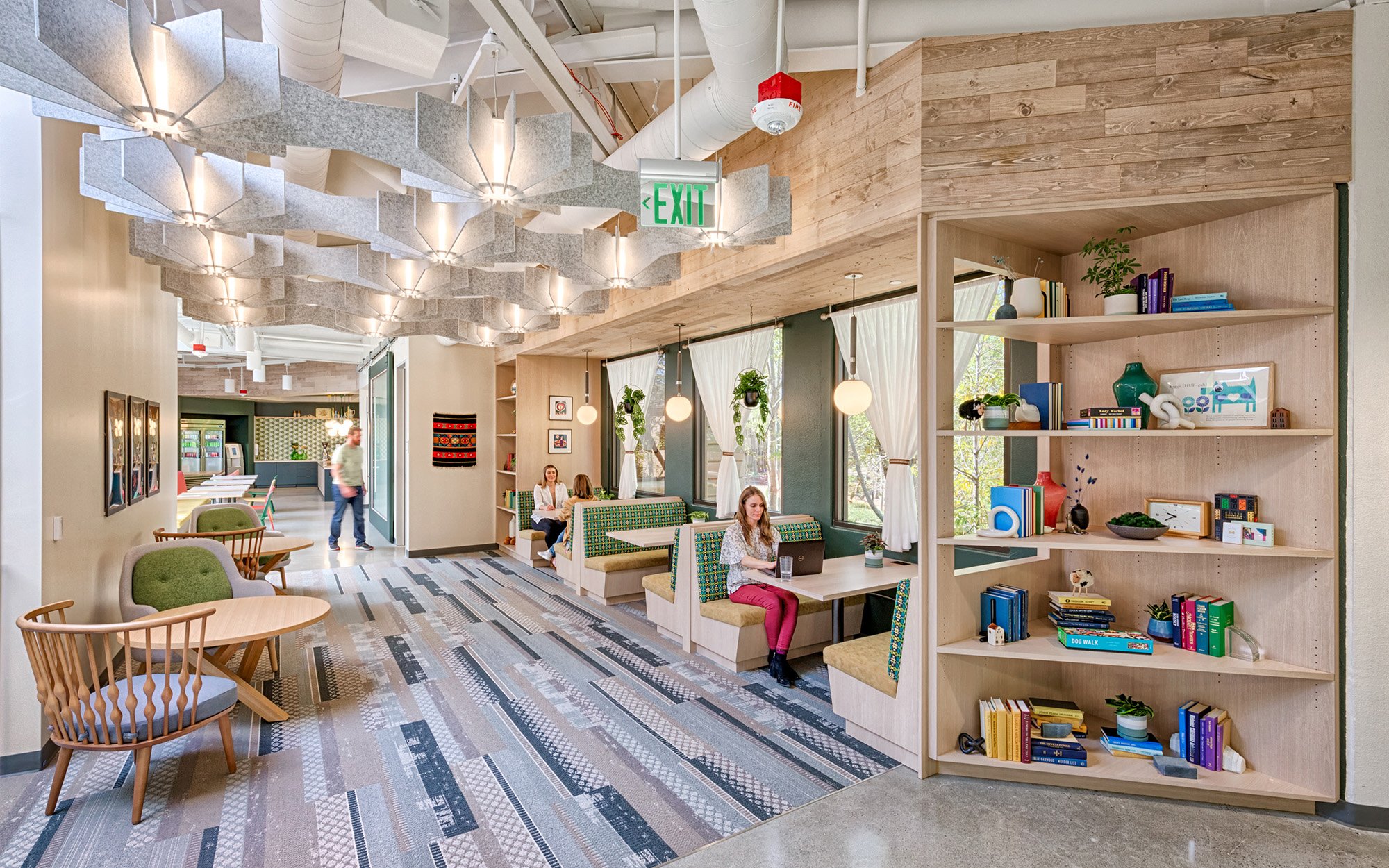
Design That Is Focused on the End User
“We have a design philosophy of ‘where design meets you,’ which means we’re always focused on the end user. As a firm, we apply this within all the markets and disciplines that we work, looking at how people are impacted by things like lighting, air, materials, and space when they all are combined. When we take this holistic approach is when we really elevate design.
We like to say that our design process begins and ends with research. At the beginning, we might start with an informal charrette session. We also partner with universities. For example, we’re currently partnering with the University of Texas to establish some tangible metrics within the unique intersection of design and psychology. Vibe Maps, which are also one of the first steps in our process, absolutely start with research. We look at the site daylighting, views to nature, the core location, and circulation. Then we analyze and identify—based on building features, geometries, and elements—buzzy and focus zones within a space.
But one of the most informative tools that we have in place is our post-occupancy evaluation process, which helps us gain actual data about the way that spaces we designed are being used and how they perform. These evaluations give our teams a wealth of knowledge that not only helps that client, but the next client. It gives us a bank of research and knowledge that we can leverage on any project going forward.”
Sandi Rudy is associate and director of interior design at Cushing Terrell.
Would you like to comment on this article? Send your thoughts to: [email protected]
Latest
Profiles
BLDUS Brings a ‘Farm-to-Shelter’ Approach to American Design
The Washington D.C.–based firm BLDUS is imagining a new American vernacular through natural materials and thoughtful placemaking.
Projects
MAD Architects’ FENIX is the World’s First Art Museum Dedicated to Migration
Located in Rotterdam, FENIX is also the Beijing-based firm’s first European museum project.
Products
Discover the Winners of the METROPOLISLikes 2025 Awards
This year’s product releases at NeoCon and Design Days signal a transformation in interior design.



